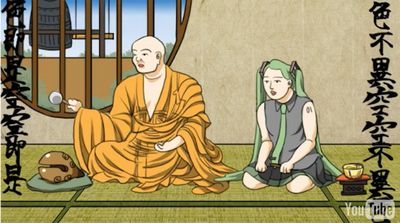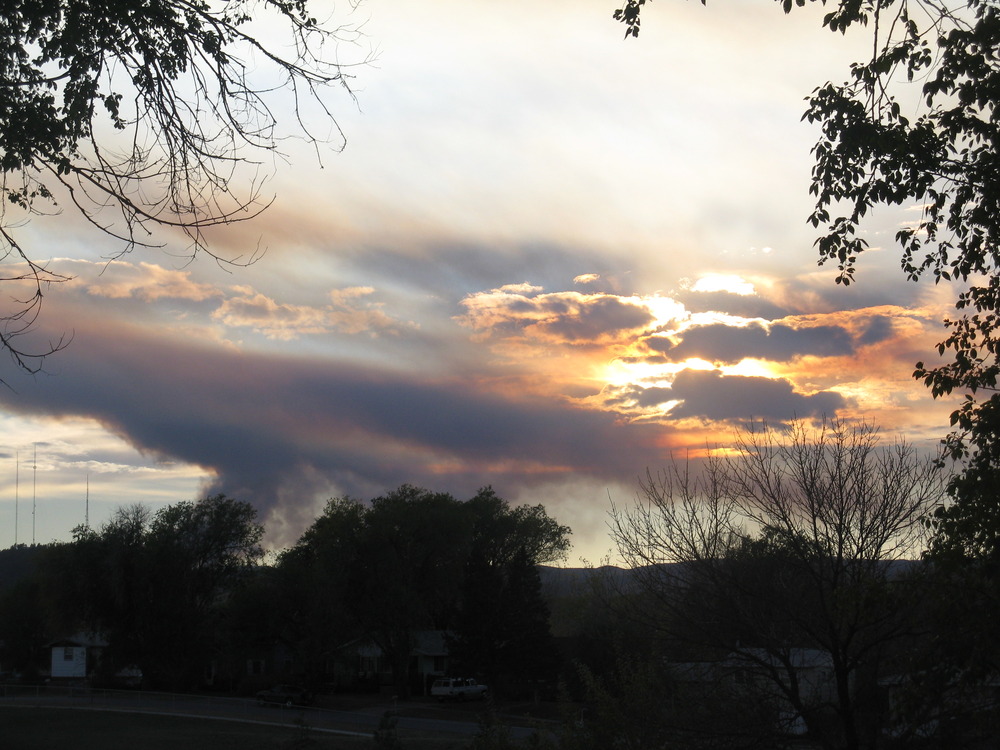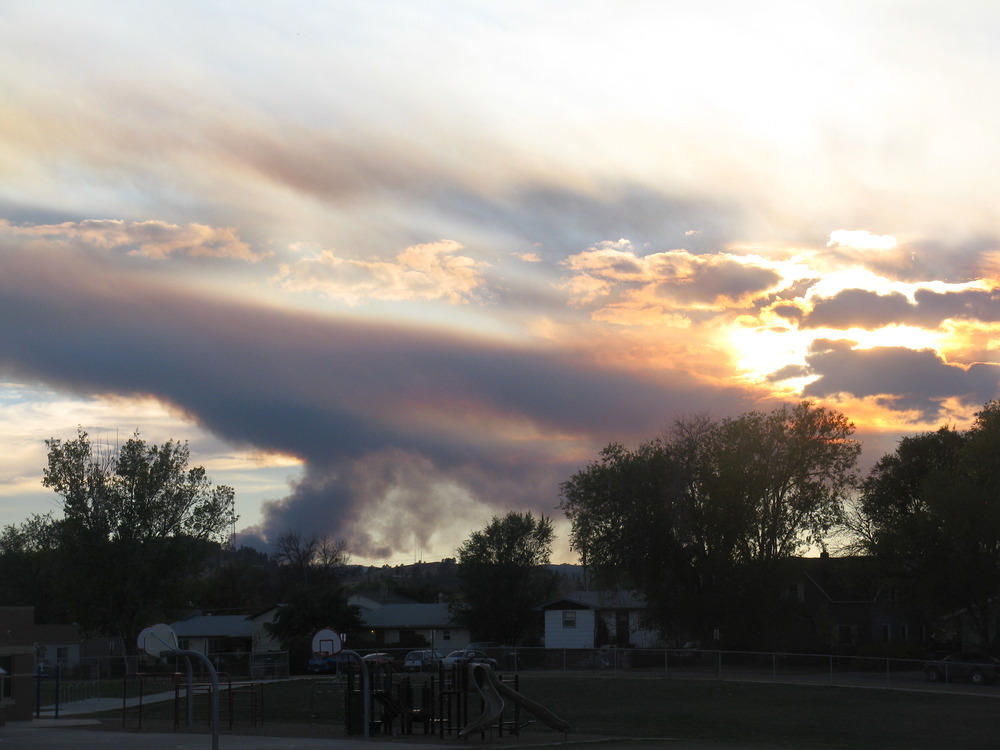*Fuck, Gary. You blow my mind sometimes…hard. This is, with no hesitation, the coolest thing I have ever read*
Once in the Jurassic about 150 million years ago,
the Great Sun Buddha in this corner of the Infinite
Void gave a Discourse to all the assembled elements
and energies: to the standing beings, the walking beings,
the flying beings, and the sitting beings — even grasses,
to the number of thirteen billion, each one born from a
seed, assembled there: a Discourse concerning
Enlightenment on the planet Earth.
“In some future time, there will be a continent called
America. It will have great centers of power called
such as Pyramid Lake, Walden Pond, Mt. Rainier, Big Sur,
Everglades, and so forth; and powerful nerves and channels
such as Columbia River, Mississippi River, and Grand Canyon
The human race in that era will get into troubles all over
its head, and practically wreck everything in spite of
its own strong intelligent Buddha-nature.”
“The twisting strata of the great mountains and the pulsings
of volcanoes are my love burning deep in the earth.
My obstinate compassion is schist and basalt and
granite, to be mountains, to bring down the rain. In that
future American Era I shall enter a new form; to cure
the world of loveless knowledge that seeks with blind hunger:
and mindless rage eating food that will not fill it.”
And he showed himself in his true form of
SMOKEY THE BEAR
A handsome smokey-colored brown bear standing on his hind legs, showing that he is aroused and watchful.
Bearing in his right paw the Shovel that digs to the truth beneath appearances; cuts the roots of useless attachments, and flings damp sand on the fires of greed and war;
His left paw in the Mudra of Comradely Display — indicating that all creatures have the full right to live to their limits and that deer, rabbits, chipmunks, snakes, dandelions, and lizards all grow in the realm of the Dharma;
Wearing the blue work overalls symbolic of slaves and laborers, the countless men oppressed by a civilization that claims to save but often destroys;
Wearing the broad-brimmed hat of the West, symbolic of the forces that guard the Wilderness, which is the Natural State of the Dharma and the True Path of man on earth: all true paths lead through mountains —
With a halo of smoke and flame behind, the forest fires of the kali-yuga, fires caused by the stupidity of those who think things can be gained and lost whereas in truth all is contained vast and free in the Blue Sky and Green Earth of One Mind;
Round-bellied to show his kind nature and that the great earth has food enough for everyone who loves her and trusts her;
Trampling underfoot wasteful freeways and needless suburbs; smashing the worms of capitalism and totalitarianism;
Indicating the Task: his followers, becoming free of cars, houses, canned foods, universities, and shoes;master the Three Mysteries of their own Body, Speech, and Mind; and fearlessly chop down the rotten trees and prune out the sick limbs of this country America and then burn the leftover trash.
Wrathful but Calm. Austere but Comic. Smokey the Bear will Illuminate those who would help him; but for those who would hinder or slander him,
HE WILL PUT THEM OUT.
Thus his great Mantra:
Namah samanta vajranam chanda maharoshana
Sphataya hum traka ham nam
“I DEDICATE MYSELF TO THE UNIVERSAL DIAMOND
BE THIS RAGING FURY DESTROYED”
And he will protect those who love woods and rivers,
Gods and animals, hobos and madmen, prisoners and sick
people, musicians, playful women, and hopeful children:
And if anyone is threatened by advertising, air pollution, television,
or the police, they should chant SMOKEY THE BEAR’S WAR SPELL:
DROWN THEIR BUTTS
CRUSH THEIR BUTTS
DROWN THEIR BUTTS
CRUSH THEIR BUTTS
And SMOKEY THE BEAR will surely appear to put the enemy out with his vajra-shovel.
Now those who recite this Sutra and then try to put it in practice will accumulate merit as countless as the sands of Arizona and Nevada.
Will help save the planet Earth from total oil slick.
Will enter the age of harmony of man and nature.
Will win the tender love and caresses of men, women, and beasts.
Will always have ripe blackberries to eat and a sunny spot under a pine tree to sit at.
AND IN THE END WILL WIN HIGHEST PERFECT ENLIGHTENMENT.
thus have we heard.
(may be reproduced free forever)





